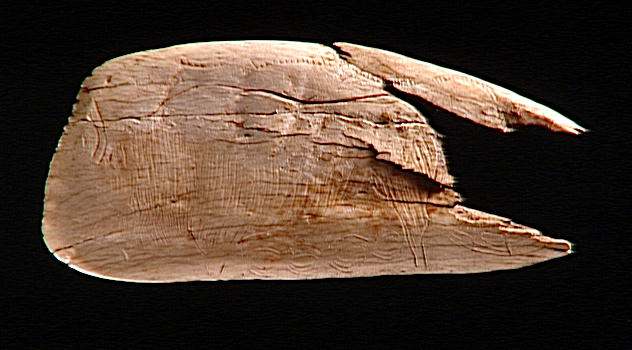Environ 4 résultats pour « Mâle (biologie) »
-
Mâle (biologie)
En biologie, mâle (provenant du latin masculus) est le sexe de l'organisme qui produit des spermatozoïdes, dans le cadre d'une reproduction anisogamique.
-

Les deux rennes se suivant
-
- Domaine(s) :
- Archéologie
- Paléolithique
-
- Sujet représenté :
- Femelle
- Mâle (biologie)
- Rangifer tarandus
-
-

La scène d'initiation
-
- Domaine(s) :
- Archéologie
- Paléolithique
-
- Sujet représenté :
- Chasse
- Cheval
- Jeunesse
- Mâle (biologie)
- Ours
- Pénis humain
-
-

-
- Domaine(s) :
- Archéologie
- Paléolithique
-
- Désignation :
- scapula (boviné)
-
- Sujet représenté :
- Bison
- Mâle (biologie)
-
-

-
- Artiste(s) :
- Yvonne Jean-Haffen
Deux gazelles [titre attribué]
-
- Domaine(s) :
- Estampe
-
- Sujet représenté :
- Femelle
- Gazelle
- Mâle (biologie)
- Plante
-
- Datation :
- XXe siècle
-
